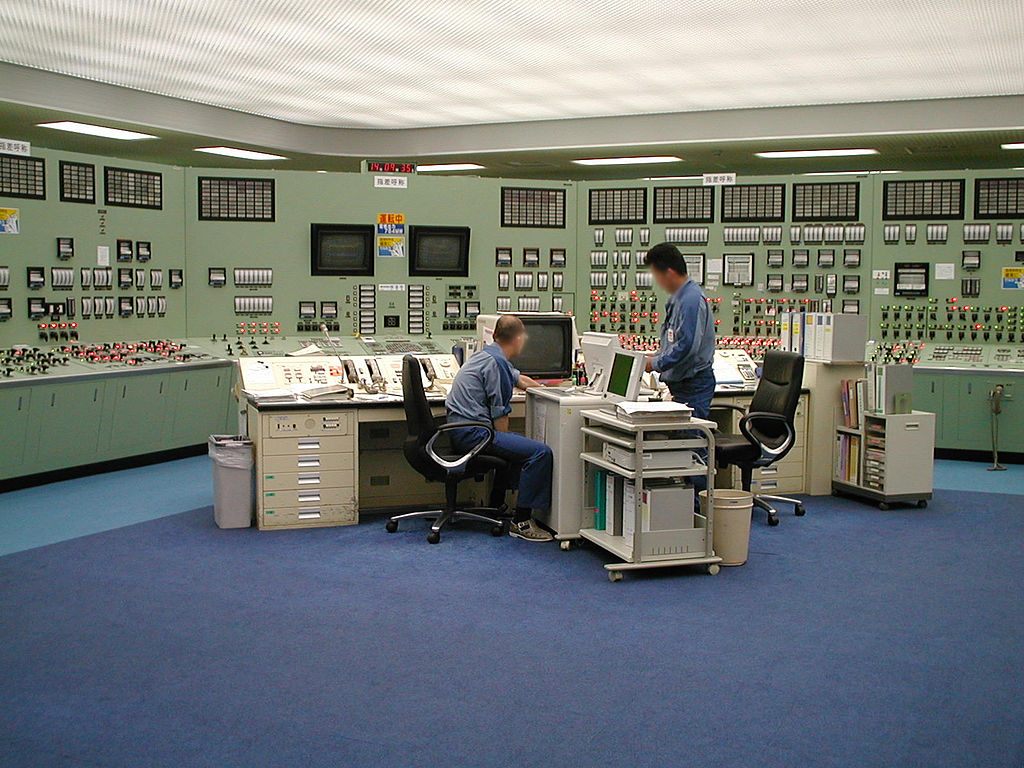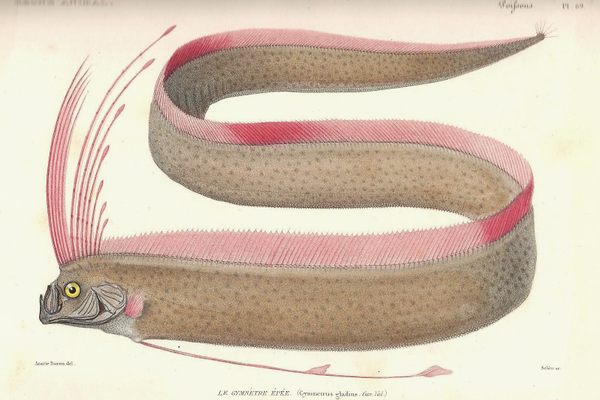Japan Activates Massive Ice Wall to Halt Radioactive Leaks
It’s been over five years since the Fukushima meltdown.

A control room at the Fukushima plant before the disaster. (Photo: kawamoto takuo/CC BY 2.0)
The nuclear meltdown at the Fukushima Daiichi Nuclear Power Plant was over five years ago, but Japan is still dealing with the aftermath. And they probably will be for a long time, in a decades-long process to fully decommission the plant, part of which melted down after an earthquake and tsunami in March 2011.
For now though, officials are still trying to stem radioactive water leaks occurring underground from damaged reactors. Japan said Thursday that it was activating an ambitious project to stop the leaks: a massive underwater ice wall around the damaged reactors, intended to stop the flow of radioactive water.

The wall cost 35 billion yen (around $312 million) and was in the works for years. Tubes pumped full of coolant were driven deep into the Earth, in an attempt to create a barrier around the damaged reactors that’s nearly a mile long. The refrigeration system was finally switched on Thursday, but officials won’t know for months if it actually works, since it’s expected to take at least that long for the ice wall to form.
In the meantime they tempered expectations, saying that nature would also have to cooperate.
“It would be best to think that natural phenomena don’t work the way you would expect,” one official said Wednesday.
According to the Associated Press, Japan has pumped out nearly 800,000 tons of radioactive water at the site, filling massive tanks and presenting ever more complications for Japan, since those tanks could be just as vulnerable in any new earthquake.







Follow us on Twitter to get the latest on the world's hidden wonders.
Like us on Facebook to get the latest on the world's hidden wonders.
Follow us on Twitter Like us on Facebook